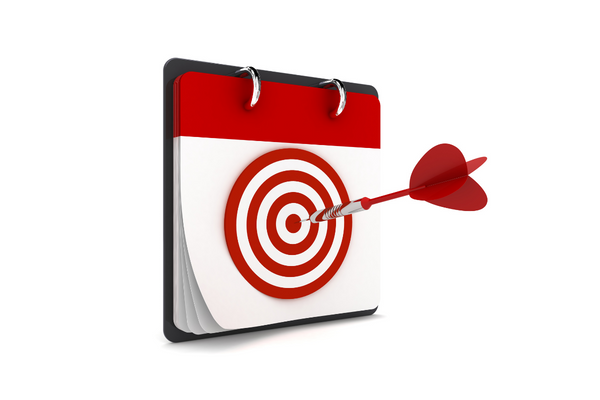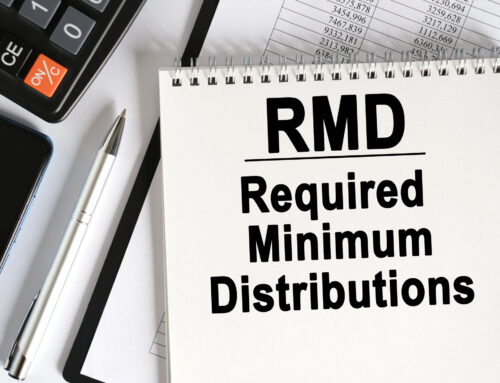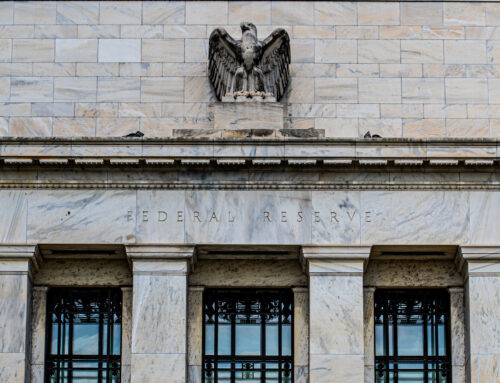A target-date fund is an investing tool, often in the form of an ETF or mutual fund, that adjusts its investment strategy based on how much time there is until the target date. The investments are strategized for long-term growth when you are further away from the target date and strategized for wealth preservation the closer you get to it. Another name for these kinds of funds is age-based funds and life-cycle funds, and they are structured around the financial needs of someone aiming to save for retirement.[1]
The major benefit of target-date funds is that they can be very hands-off. They are most commonly designed to adapt their investment profiles over time. They begin aggressively and attempt to grow, but as they get closer to your retirement date, they begin to move more in a conservative direction in an attempt to ensure your nest egg stays secure and isn’t hit very hard if the market drops at a time when you need it or won’t have much time to benefit from a market recovery and invest future income.[2]
You have a few options when it comes to how to set up a target-date fund. In most cases, this will be an option for your standard retirement account, such as a 401(k). You can also invest in a target-date fund yourself through a broker. While this may be useful for some investors, the issue with investing in a target-date fund through a broker is that you will pay more taxes than you would if you were investing in a target-date fund through a retirement plan.
Retirement accounts like traditional 401(k)s have the advantage of being only taxed once; when your money is withdrawn from them. If you are investing in a target-date fund without using your retirement account, you’ll be taxed twice; once when you receive your income from your employer (income tax) then again after you invest in the target-date fund and have to withdraw it again (capital gains tax).[3]
Another thing to keep in mind with target-date funds is that they are not all created equal. They do tend to have similar names. Usually, the name of the fund is the company name followed by the year of retirement. But each issuing company will have their own portfolio designed with different fees, strategy execution, advantages, and disadvantages. It can be important to look at the specifics of the fund you’re interested in to make sure that it matches your preferred investment strategy.[4]
Additionally, there are several options for target-date funds as far as management. You can set up an account that is essentially automated. Or you can set up an account that has a certain risk tolerance profile: conservative, moderate, or aggressive. Or you can choose a more active management of the fund.[5]
If you a curious about target-date funds and if they are the right choice for your retirement situation, Click HERE to reach out to us at Zinnia Wealth Management.







